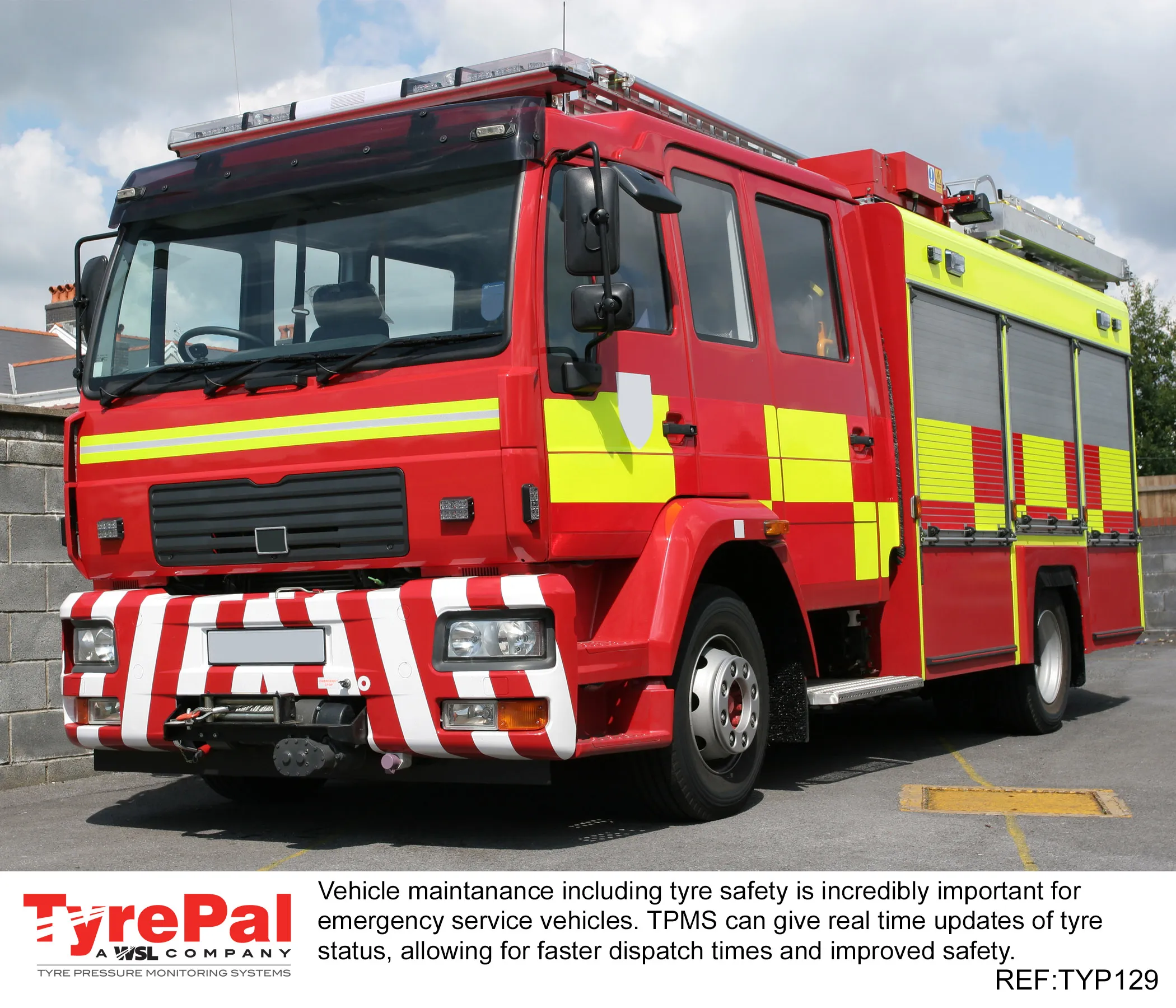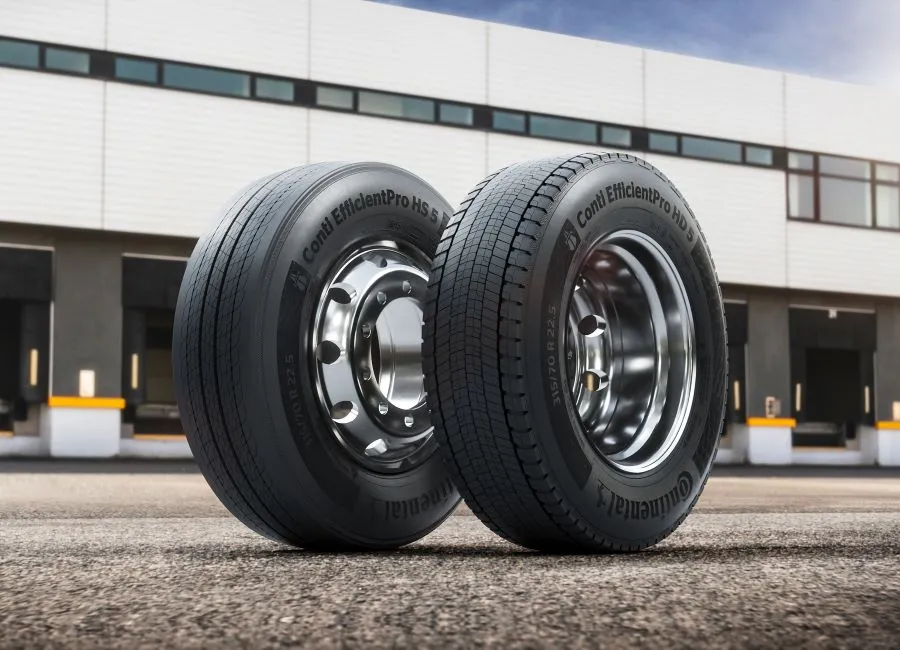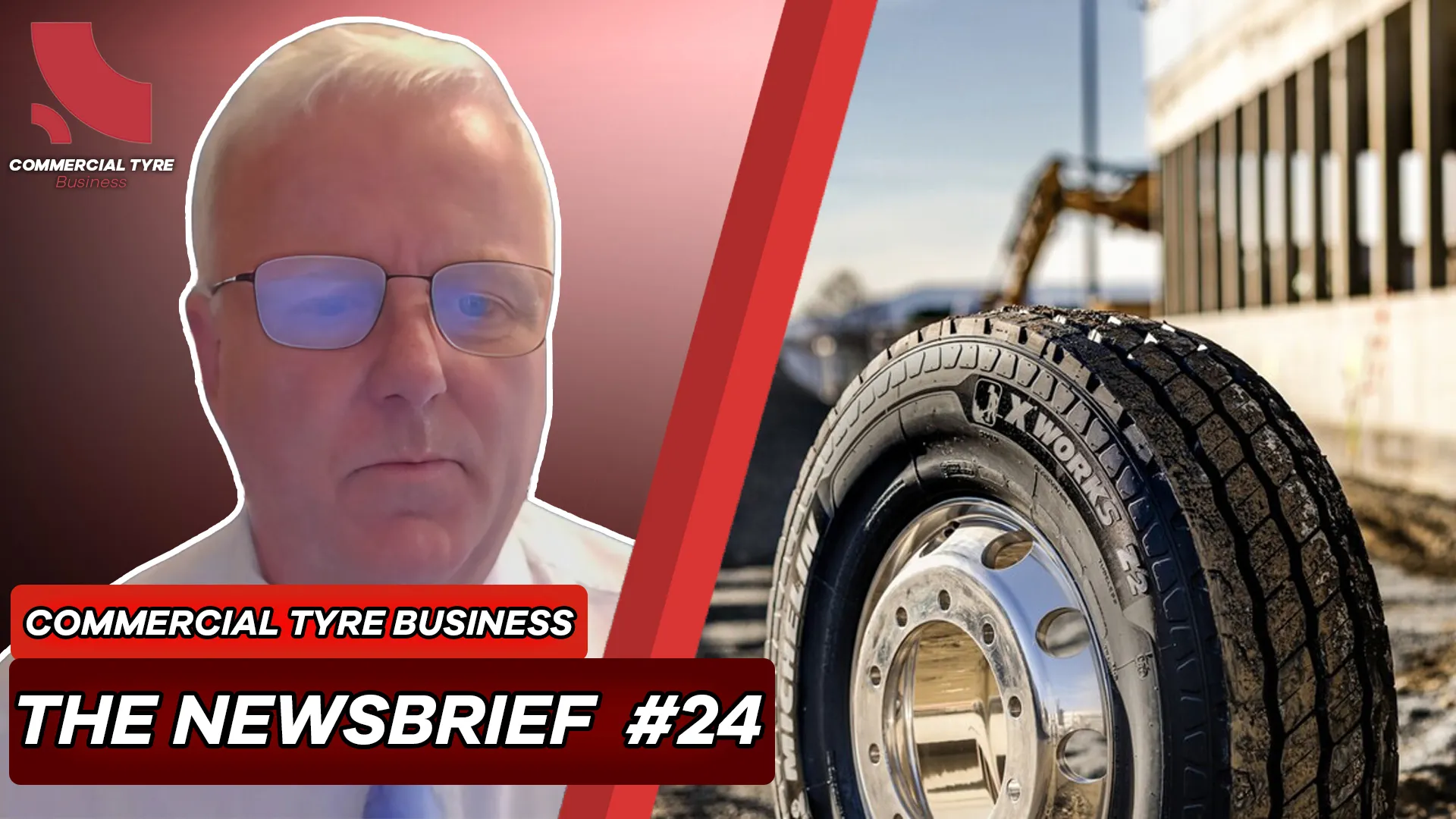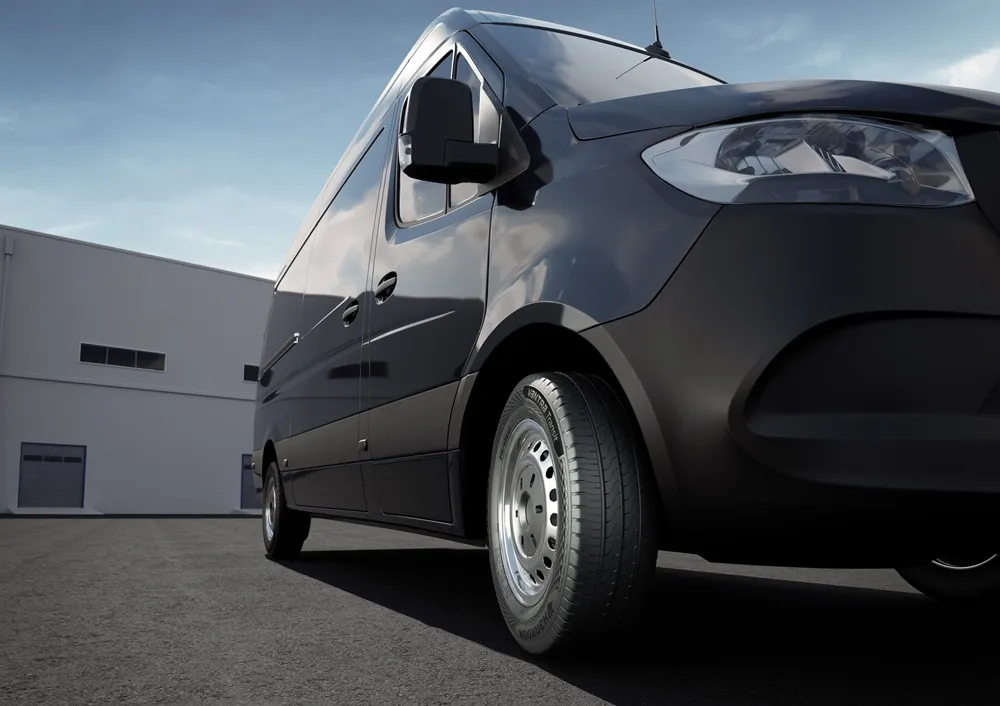In 1937, the world’s first emergency telephone number was introduced in London. Before a centralised control system, callers had to ring emergency services direct, which led to avoidable tragedies across the UK. Following the introduction of 999, similar dedicated numbers became common worldwide, as the importance of emergency services being contactable was realised. Nowadays, the services are easy to contact, but challenges remain.
Ensuring tyre safety is crucial for emergency services vehicles
Emergency service vehicles must be maintained in good condition to safely and quickly carry per...
Ensuring tyre safety is crucial for emergency services vehicles
Emergency service vehicles must be maintained in good condition to safely and quickly carry per...








